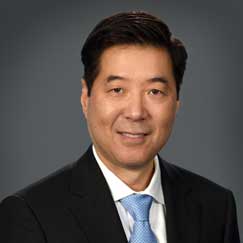What is Spinal Stenosis?
Spinal stenosis is the narrowing of the neural canal or foramen in the spine, which puts pressure on the spinal cord and nerves that travel through it. This condition can cause severe pain, numbness and weakness in the legs, arms and torso, as well as difficulty controlling bladder or bowel movements. In some cases, surgery may be necessary to relieve the pain and other symptoms associated with spinal stenosis.
Types of Spinal Stenosis Surgery
There are two main types of spinal stenosis surgery: open laminectomy and minimally invasive laminectomy (MIL). An open laminectomy is an extensive surgical procedure that involves making a large incision in the back in order to access and remove part of the vertebrae in order to widen the neural canal or foramen. The minimally invasive laminectomy (MIL) is a less invasive approach that uses specialized surgical instruments and techniques to perform the same procedure through a small incision in the back. Both approaches can help alleviate pressure on the nerves caused by spinal stenosis.
Recovery After Surgery
It’s normal to experience some pain after undergoing either type of spinal stenosis surgery. Your doctor may prescribe medications to help manage this pain, as well as physical therapy exercises designed to help strengthen muscles around your spine. It usually takes 4-6 weeks for patients who have undergone MIL surgery to recover fully, while those who have undergone an open laminectomy typically require 6-8 weeks for full recovery.
For most patients who undergo either type of surgery, they notice significant improvements in their quality of life after their recovery period is complete. In many cases, people experience a reduction or even elimination of their symptoms associated with spinal stenosis after surgery.
As with any major medical decision, it’s important for patients considering spinal stenosis surgery understand all aspects of their treatment before making a decision about their care plan. Through this blog post we hope we have provided you with some helpful information about what you need t know about both open laminectomy and minimally invasive laminectomy procedures so that you can make an informed decision about your treatment options going forward!
Call POSMC today!
To schedule an appointment with one our specialists, contact our scheduling department at 972-250-5700 or request an appointment online.
POSMC is a full-service medical facility specializing in the evaluation and treatment of orthopedic injuries. The practice is led by a group of 12 board-certified and fellowship-trained orthopedic surgeons and a physical medicine and rehabilitation physician. Contact us today!
Dr. Kenneth S. Dauber
Physical Medicine, Spine, Hip and
Conservative Spine Care
View Bio
Dr. Daniel Sunwoo
Physical Medicine and Spine
View Bio



